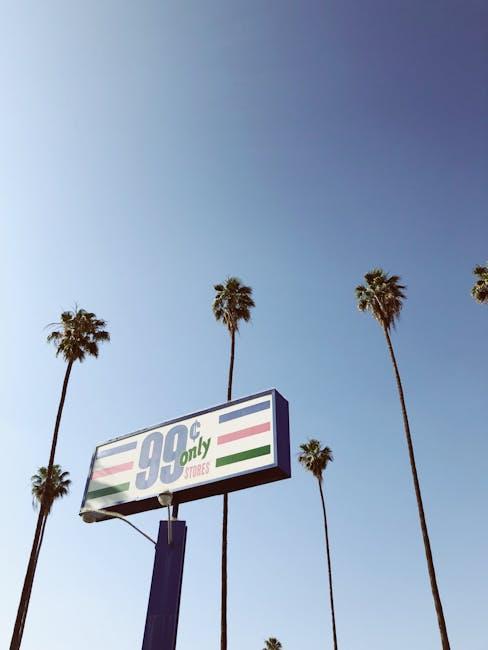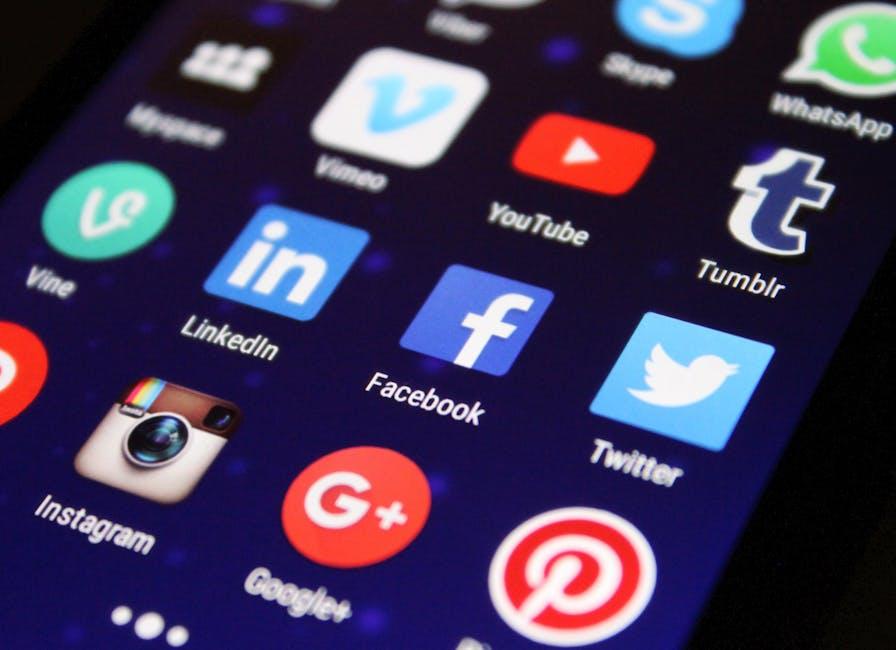Picture this: you’re settling down to watch your favorite YouTube video after a long day, only to find yourself bombarded by what feels like an endless parade of ads. Frustrating, right? Enter AdBlock, a digital hero swooping in to save us from incessant interruptions. But wait—this raises an important question: Is using AdBlock actually legal? Many folks find themselves tangled in a web of conflicting opinions and misinformation. In this article, we’re diving deep into the legality of YouTube AdBlock, peeling back the layers on why using it is not only okay but can actually be considered a legitimate choice in today’s ever-evolving digital landscape. So, grab a snack, kick back, and let’s decode the legal ins and outs of this hot topic together!
Understanding the Legal Landscape of AdBlock Usage

When it comes to using AdBlock on platforms like YouTube, the legal waters can feel murky, but the reality is more straightforward than you might think. Many users are under the impression that utilizing ad-blocking software infringes on copyright or violates the platform’s terms. In reality, most courts have upheld that users have the right to block ads, treating it as a personal choice akin to choosing not to watch television commercials. Just think of it as closing your eyes during a commercial break—you’re not stealing content; you’re simply opting out of the ads that don’t interest you.
Furthermore, the rise of ad blockers stems from a growing demand for ad-free experiences, which consumers increasingly expect. Consider this: many people are willing to pay for subscriptions to avoid interruptions, showcasing a clear message to content creators and advertisers. While some websites may implement measures against ad blockers, such as restricting access or prompting users to disable them, it’s essential to remember that these are business strategies rather than legal obligations. The conversation often surrounds user experience versus revenue generation, but at the end of the day, it’s about your choice—your online space, your rules.
The Unseen Impact on Content Creators

The rise of YouTube content has given birth to a myriad of creative talents, yet many creators face a harsh reality when it comes to monetization. AdBlock users often unknowingly affect the financial landscape of these creators. Think of it this way: it’s like throwing a party and not giving your guests their share of the snacks. While the allure of an uninterrupted viewing experience is tempting, the consequences ripple through the community. Content creators are highly reliant on ad revenue to support their work, and when viewers opt out of ads, it diminishes their ability to produce quality content. Every click, every ad shown, and each viewer truly plays a pivotal role in the sustainable growth of the creator economy.
Moreover, this situation has led to a paradox where creators must adapt or perish. With increasing numbers of viewers using AdBlock, many are finding alternative ways to engage their audience and secure funding. Consider these shifts:
- Membership Models: Many creators have turned to platforms like Patreon, where fans can support directly, ensuring creators get the compensation they deserve.
- Merchandising: Selling branded merchandise has become a solid revenue stream, allowing creators to connect with fans in a tangible way.
- Sponsored Content: Collaborations with brands have surged, enabling creators to generate income without depending solely on ad views.
This adaptation shows resilience and innovation, yet it raises an essential question: at what point does the viewer’s convenience compromise the livelihood of creators? The balance of support and sustainability lies within the viewer’s choice to either engage fully or simply hit ”skip.”
Navigating the Ethical Dimensions of Ad Blocking

When we dive into the world of ad blocking, a lot of questions pop up about fairness and ethics. First off, think about the typical YouTube experience: endless ads interrupting your favorite creators’ content. This situation can feel a bit like being forced to listen to a neighbor’s loud music while you’re trying to enjoy your own playlist. While content creators rely on ad revenue to keep their channels afloat, viewers are just trying to enjoy the fruits of their labor without disturbances. The real dilemma lies in balancing the need for creators to monetize their work with the desire for viewers to consume content freely. So, is it really wrong to hit pause on those ads? Many argue that ad blocking empowers users, allowing them to curate their viewing experience, while others believe it undermines the livelihood of creators who depend on those ads.
Navigating this ethical maze requires us to consider a few key factors. Does blocking ads hurt the creative community? Not necessarily; the situation is more complicated than a simple black-or-white stance. Here are a few points to ponder:
- Value for Value: If you love a creator and want their content to thrive, consider supporting them through subscriptions or donations instead of just blocking ads.
- Alternative Funding: Some creators are exploring innovative funding models like Patreon or merchandise sales, reducing their reliance on ads.
- Ad Quality: Poorly targeted or excessively repeated ads can drive users to block them. Advertisers should focus on delivering relevant and engaging ads.
Ultimately, the landscape continues to shift, and as audiences, we hold the power to influence how content is created and consumed. It’s all about finding that sweet spot between enjoying content and supporting the creators behind it.
Practical Tips for Balancing Convenience and Support

Finding the right balance between convenience and support can feel like walking a tightrope. On one hand, you want the freedom to enjoy your favorite YouTube videos without the constant interruption of ads. On the other, you acknowledge the importance of supporting creators who put their heart and soul into their content. So, how do you navigate this? A little strategy goes a long way. For instance, consider whitelisting certain content creators or genres you love. This way, you get to enjoy their work without being bombarded by ads while still showing them some love through your views. It’s like picking and choosing your battles when it comes to supporting art that resonates with you.
Another practical tip is to combine your ad-blocking habits with premium subscriptions. Think of it as having your cake and eating it too. By subscribing to YouTube Premium, you can watch ad-free while also directly supporting your favorite channels, ensuring creators receive their fair share. Plus, you get bonus features like offline viewing and access to YouTube Music, making it a sweet deal overall! Remember, it’s all about being mindful and finding solutions that work for you without compromising on the support that creators deserve. Here’s a quick comparison to weigh your options:
| Option | Pros | Cons |
|---|---|---|
| AdBlock | No interruptions, freedom to binge | Supporting creators indirectly |
| YouTube Premium | Ad-free experience, supports creators | Monthly subscription fee |
Key Takeaways
As we wrap this up, it’s clear that YouTube AdBlock isn’t just some digital gray area; it’s a tool that gives you control over your viewing experience. Think of it like putting on sunglasses on a bright day—you’re not blocking out the sunshine entirely; you’re just protecting your eyes from the glare. With the legality on your side, you can enjoy your favorite content without the interruption of those pesky ads.
So, the next time you dive into your YouTube binge-watching session, remember you’re not alone in wanting a smoother ride. Embrace the power of AdBlock; it’s all part of the game in this digital arena. After all, creating a more enjoyable viewing experience is what it’s all about. Happy watching!






